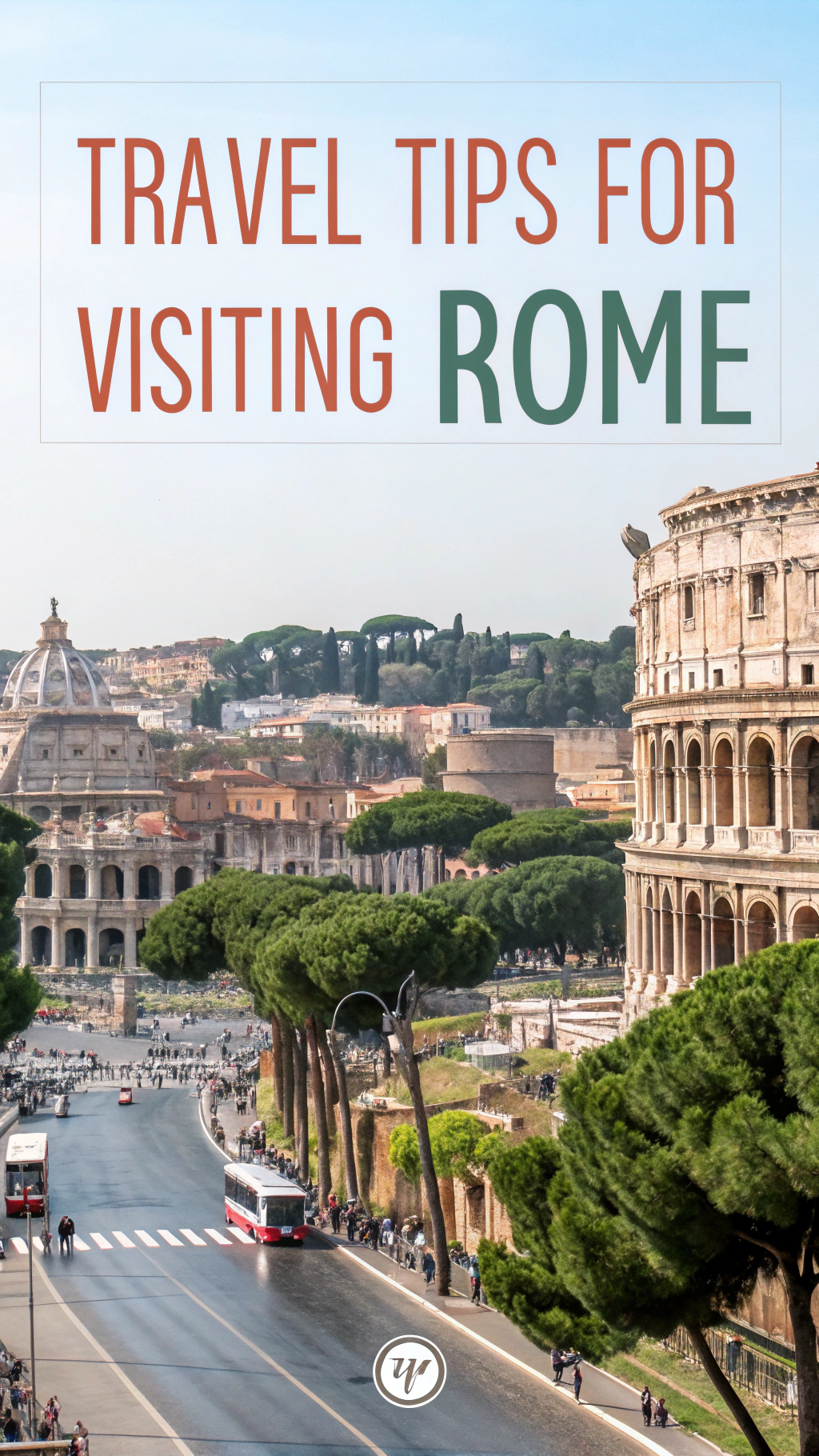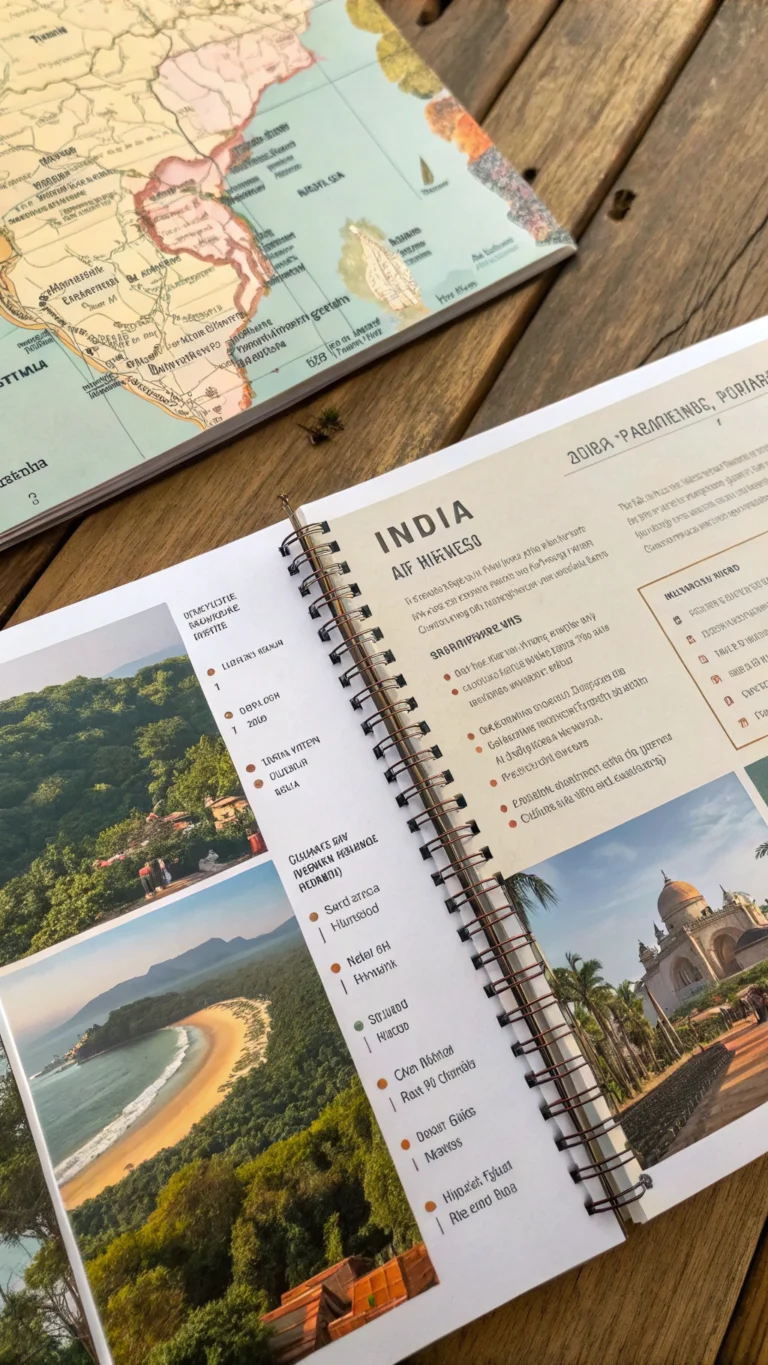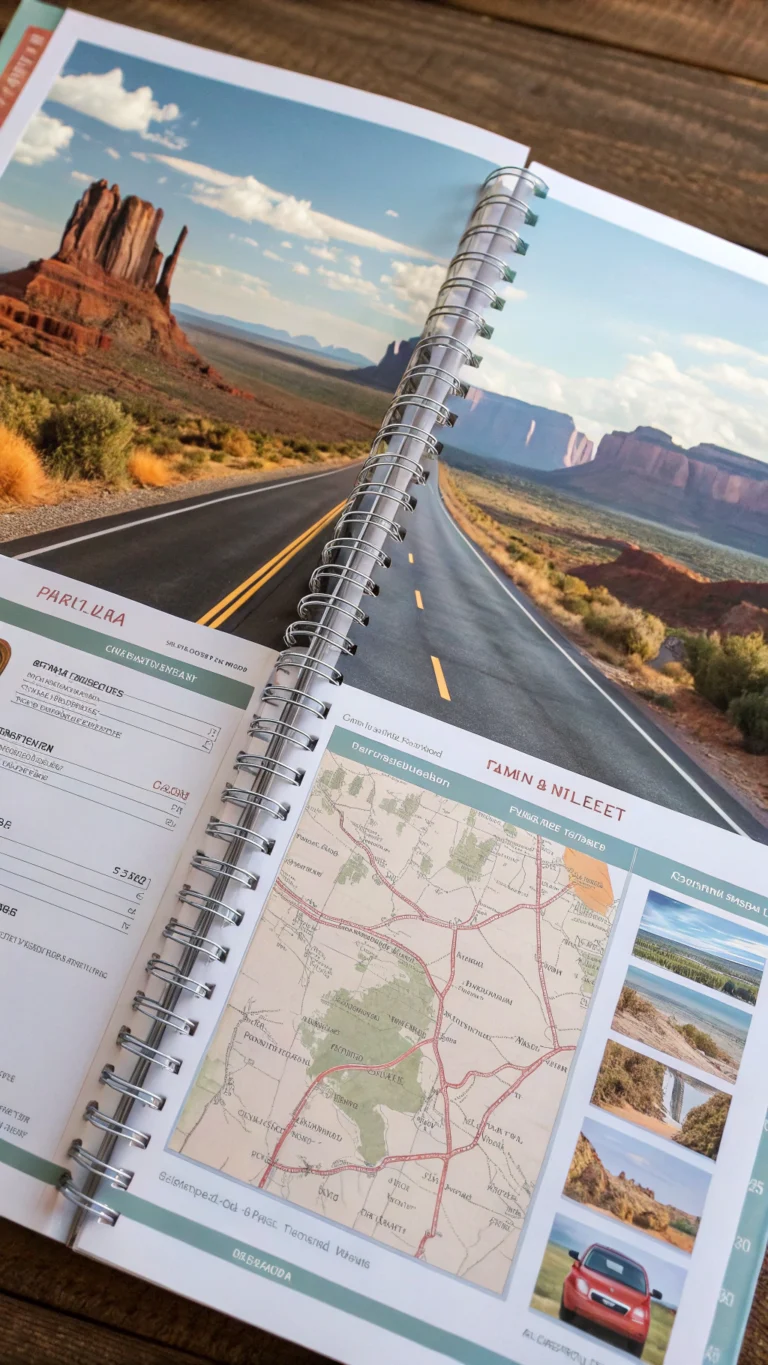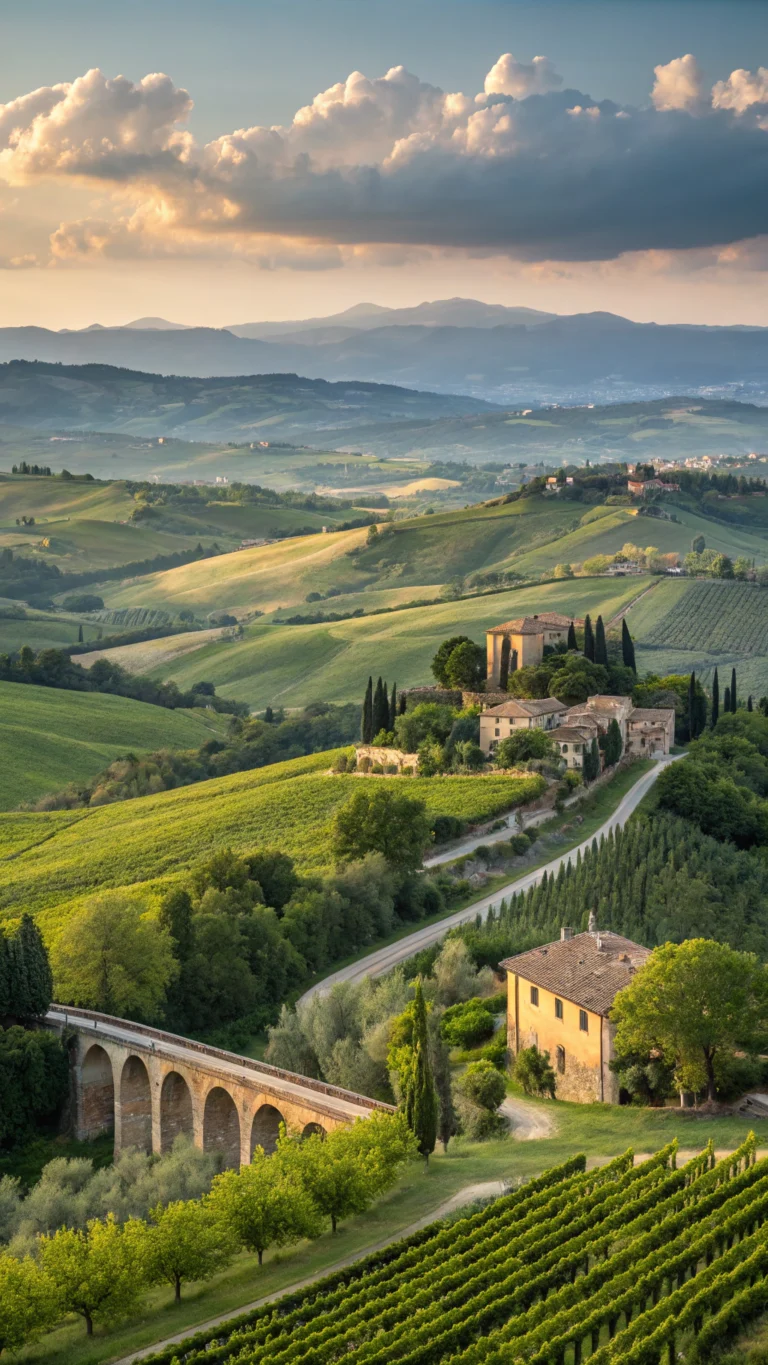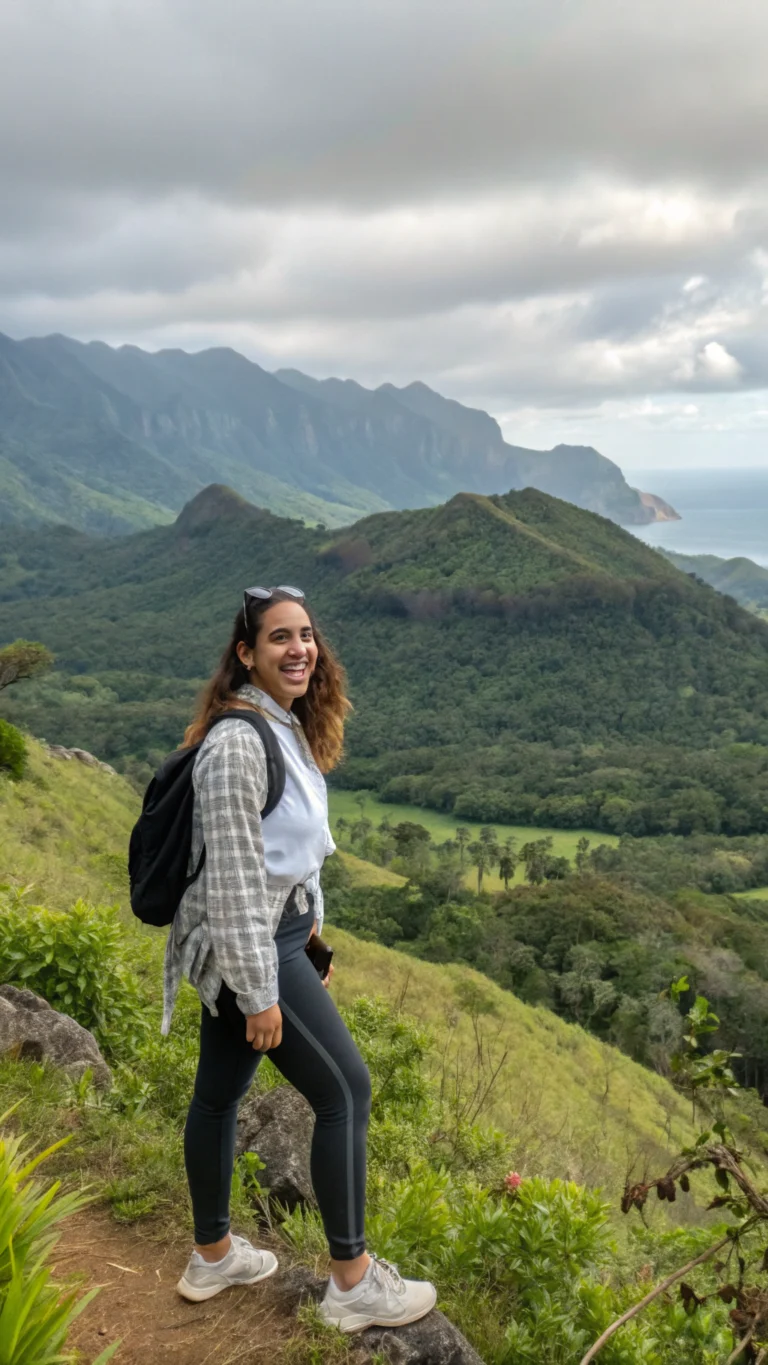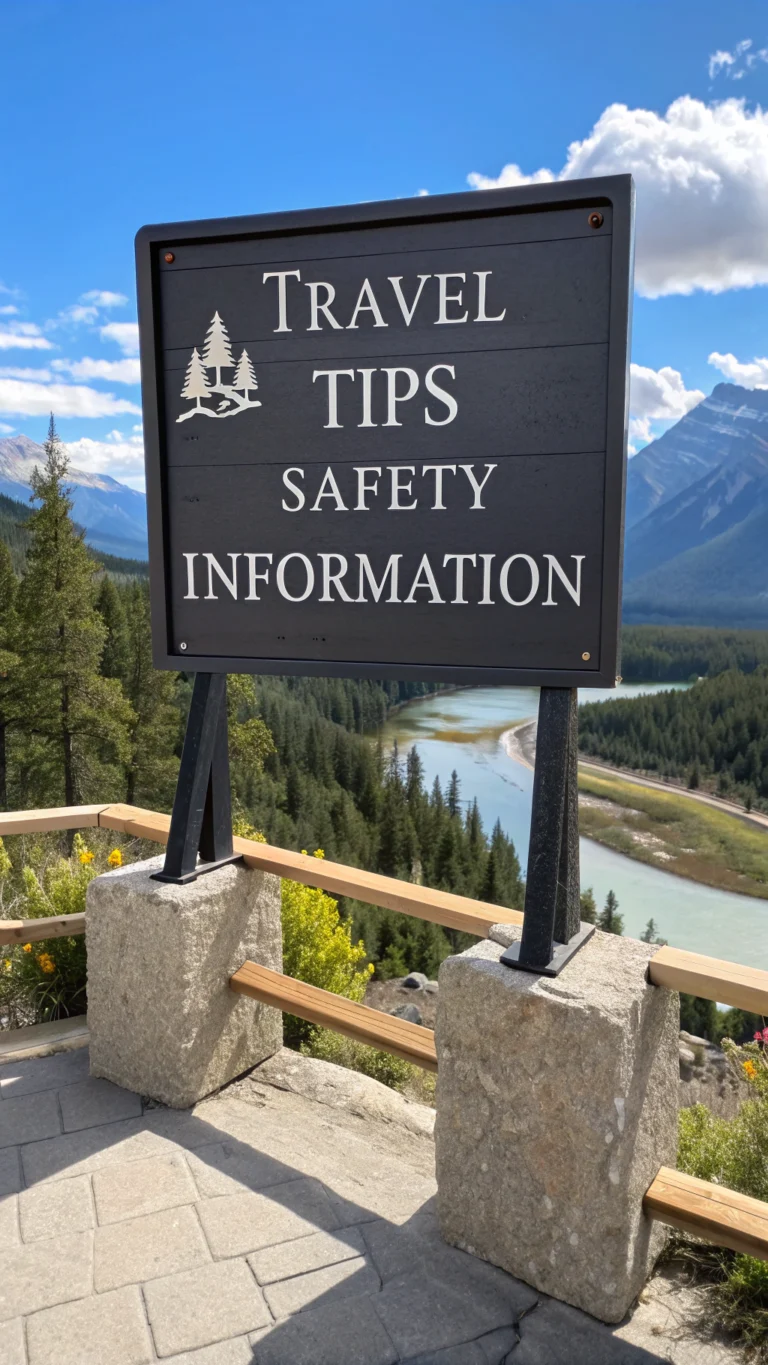Rome Travel Tips: 7 Best Hidden Gems to Discover Now!
Table of Contents
Introduction
Ever ponder why so many people overlook Rome’s most captivating mysteries despite the city receiving around 10 million visitors annually? Even while the Vatican and Colosseum attract large crowds, there are amazing treasures nearby that most tourists never find. I’m thrilled to provide these Rome travel tips that will turn your Italian journey from ordinary to amazing, having spent more than 300 days discovering the hidden gems of the Eternal City.
Destination Overview
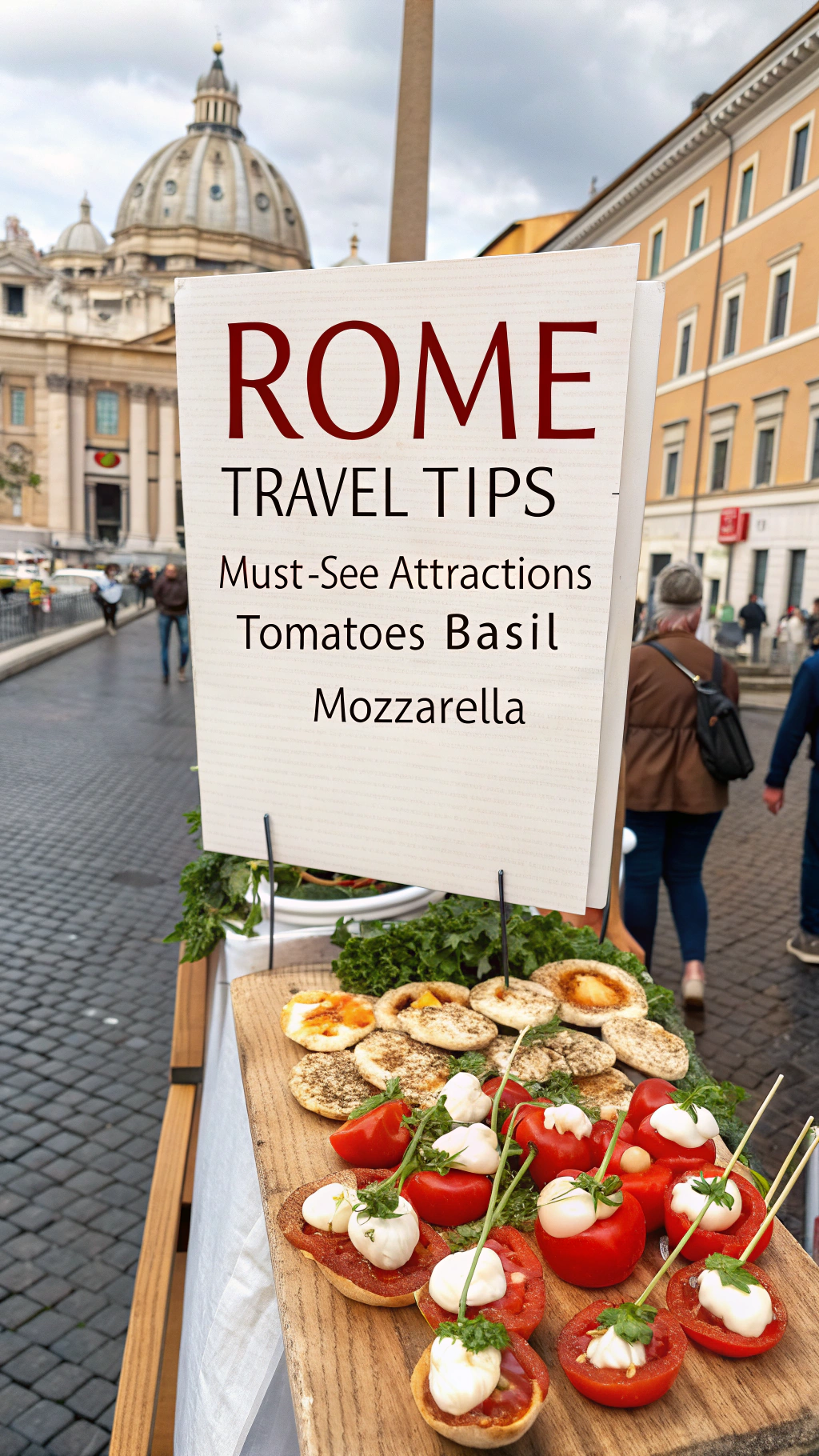
Rome is an outdoor museum where vivid modern life and ancient history coexist. This 3,000-year-old city, which was founded in 753 BC, skillfully combines bustling piazzas, modern Italian culture, and ruins from the powerful Roman Empire with Renaissance architecture and Baroque fountains.
With comfortable temperatures between 65 and 75°F (18 and 24°C), April through May and September through October are the ideal seasons to visit Rome. Compared to the summer, when prominent attractions receive around 30,000 visitors each day, these shoulder seasons provide 30–40% fewer crowds. Although winter (November–February) brings colder weather (45–55°F/7–13°C), vacationers benefit from almost deserted areas and up to 50% off hotel rates.
Travel Itinerary
Day 1: Hidden Rome Essentials
- Morning: Begin at Palazzo Doria Pamphilj (opens 9am) to admire masterpieces by Caravaggio and Velázquez with typically just 10% of the Vatican Museums’ crowds
- Afternoon: Explore Aventine Hill and peek through the famous Aventine Keyhole for a perfect view of St. Peter’s dome
- Evening: Stroll through charming Trastevere neighborhood for authentic dinner at Trattoria Da Enzo (budget €30-40 per person)
Day 2: Underground Discoveries
- Morning: Tour the Catacombs of San Callisto, Rome’s largest underground cemetery (tickets €8)
- Afternoon: Visit the lesser-known Basilica San Clemente to descend through three levels of Roman history
- Evening: Enjoy sunset at Pincio Terrace in Villa Borghese gardens, where locals gather rather than tourists
Day 3: Artistic Treasures
- Morning: Beat the crowds at Galleria Borghese (pre-book tickets, €13) to see Bernini’s sculptures without the masses
- Afternoon: Discover street art in Ostiense district, Rome’s urban gallery
- Evening: Experience aperitivo hour in Monti neighborhood, saving up to €15 compared to tourist-focused establishments
Must-See Attractions
Rome’s hidden treasures are where its real magic may be found, even though the Colosseum and Vatican are must-sees. The Centrale Montemartini museum, which usually receives only 50 visitors per day in contrast to the Vatican’s 25,000, features classical sculptures set against antique industrial machinery. The graves of poets Keats and Shelley, as well as cypress trees, provide a serene setting for contemplation in the Protestant Cemetery.
The Orange Garden (Giardino degli Aranci) offers expansive city views that rival those from more crowded viewpoints for photography enthusiasts looking for Rome travel guides, Italy trip planning, Rome sightseeing tips, travel to Rome, explore Rome Italy, Rome vacation advice, and unforgettable Rome journey experiences. Pro tip: Go while the city’s domes are bathed in golden light at sunset.
Where to Stay
Monti Neighborhood
This centrally located district balances convenience with authentic Roman charm. The Hotel Forum offers rooms with Colosseum views (€180-250/night), while budget travelers can find guesthouses like The Yellow Square Hostel from €30/night.
Trastevere
Perfect for food enthusiasts and nightlife seekers. Hotel Santa Maria (€160-220/night) offers a charming courtyard garden, while apartment rentals average €120/night, saving approximately 25% compared to similar accommodations near Spanish Steps.
Testaccio
For culinary explorers seeking authenticity, this residential neighborhood offers excellent value. Apartments average €100/night, and you’ll experience Rome like a local with morning markets and evening passeggiate (strolls).
Food & Local Cuisine
The four classic pasta dishes of Roman cuisine—carbonara, amatriciana, cacio e pepe, and gricia—celebrate simplicity. For real versions that are well-liked by the locals, visit Flavio al Velavevodetto in Testaccio, which is carved into an old Roman hill using pieces of amphora, or Da Danilo in Esquilino (€15–18 per pasta dish).
While Fatamorgana gelaterias provide more than 20 dairy-free tastes, Ops! in Monti offers plant-based Roman classics for vegetarians and vegans. The “Mangiare Senza Glutine” app, which lists more than 100 celiac-friendly eateries in the city, is recommended for travelers who are gluten-free.
Travel Tips & Essentials
The public transit system in Rome saves money and time. The price of a 7-day ATAC pass is €24, whereas comparable taxi fares cost about €150. The Roma Pass (€32 for 48 hours) offers free admission to your first two sites and discounted admission after that, giving you skip-the-line access to the main attractions.
Culturally speaking, keep in mind that Romans eat late (8–9 p.m.), and coffee is only served in the morning. Dress modestly when visiting churches (covered shoulders and knees), and always bring a reusable water bottle—Rome’s 2,500+ public fountains (nasoni) provide free, wonderful drinking water, saving you €2-3 per bottled water purchase.
Common Mistakes to Avoid
Many visitors make these costly errors:
- Dining near major attractions: Walk just 3-4 blocks away to find authentic restaurants with 30-40% lower prices and higher quality
- Trying to see too much: Rome deserves slow exploration; prioritize quality experiences over quantity
- Skipping advance tickets: Standing in line wastes precious vacation hours (Vatican lines average 2-3 hours in high season)
- Not validating bus/metro tickets: This results in €50+ fines for unsuspecting tourists
Budget Breakdown
- Budget stay: €50-80/night (hostels, budget guesthouses)
- Mid-range: €100-180/night (3-star hotels, apartments)
- Luxury: €200+/night (4-5 star hotels)
- Meals: €15-25 (casual lunch), €30-50 (dinner with wine)
- Transportation: €1.50 (single ride), €7 (24-hour pass)
- Attractions: €16 (Colosseum/Forum combined), €17 (Vatican Museums)
Total daily budget: €80-100 (budget), €150-200 (mid-range), €300+ (luxury)
Final Thoughts
Rome’s charm is found not only in its well-known landmarks but also in the obscure passageways where history reveals mysteries to those who are prepared to listen. These undiscovered treasures provide genuine experiences that turn a pleasant trip into a memorable adventure. Rome rewards inquisitive tourists who wander beyond the obvious, whether they are enjoying flawless carbonara in a local trattoria or taking in the sunset from a hidden vantage point.
Plan your vacation to Rome now, and keep in mind that often the best discoveries are made when you just roam about without a map.
FAQs
Is it safe to travel alone in Rome?
Although typical precautions against pickpockets are urged, especially on packed buses and near big sights, Rome is generally safe for single tourists. During the day and early evening, women travelers say they feel secure exploring most places, particularly the center districts.
How long must I stay in Rome?
Although you may tour the main attractions in three days, five to seven days give you more time to explore the lesser-known sites. Almost 65% of repeat visitors regret not booking lengthier stays when they originally arrived.
Does visiting Rome require me to speak Italian?
English is frequently understood in tourist areas, restaurants, and hotels, but knowing a few basic Italian words improves your experience and is appreciated by locals. Learning basic “please/thank you” and pleasantries goes a long way toward fostering constructive relationships.
What is the most efficient method to go from the airport to the heart of Rome?
Running every 15 to 30 minutes, the Leonardo Express train (€14 one way) takes 32 minutes to get from Fiumicino Airport to Termini Station. During peak hours, this is about 45 minutes quicker than taxi transportation and costs roughly €35 less per person.

